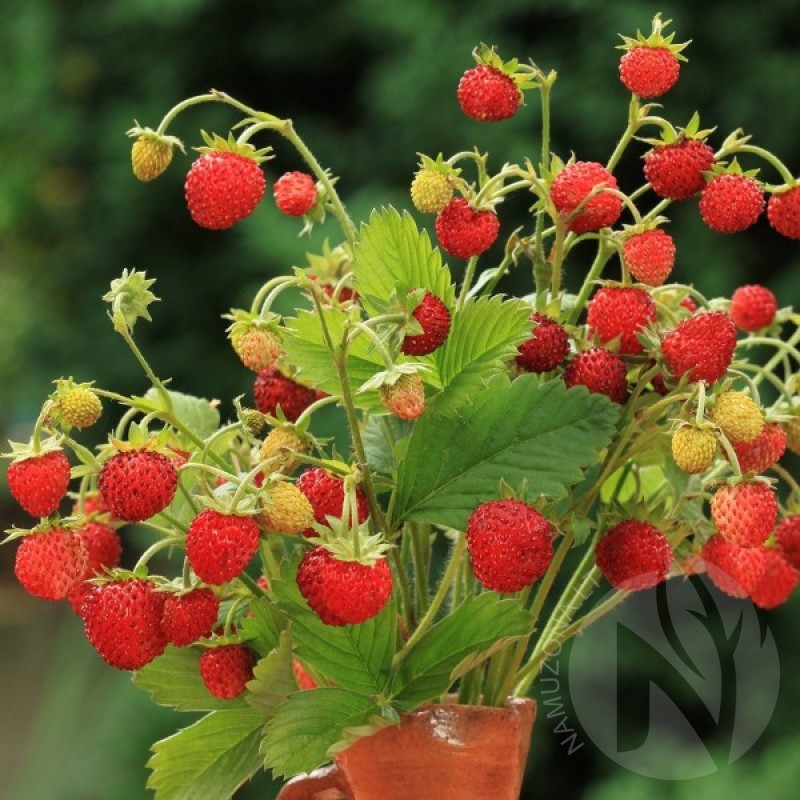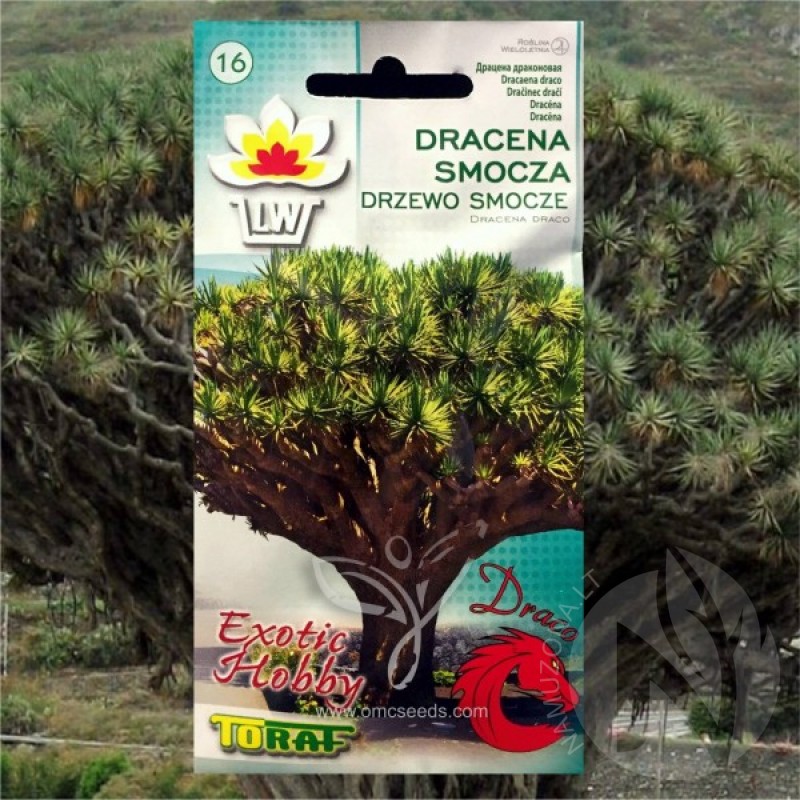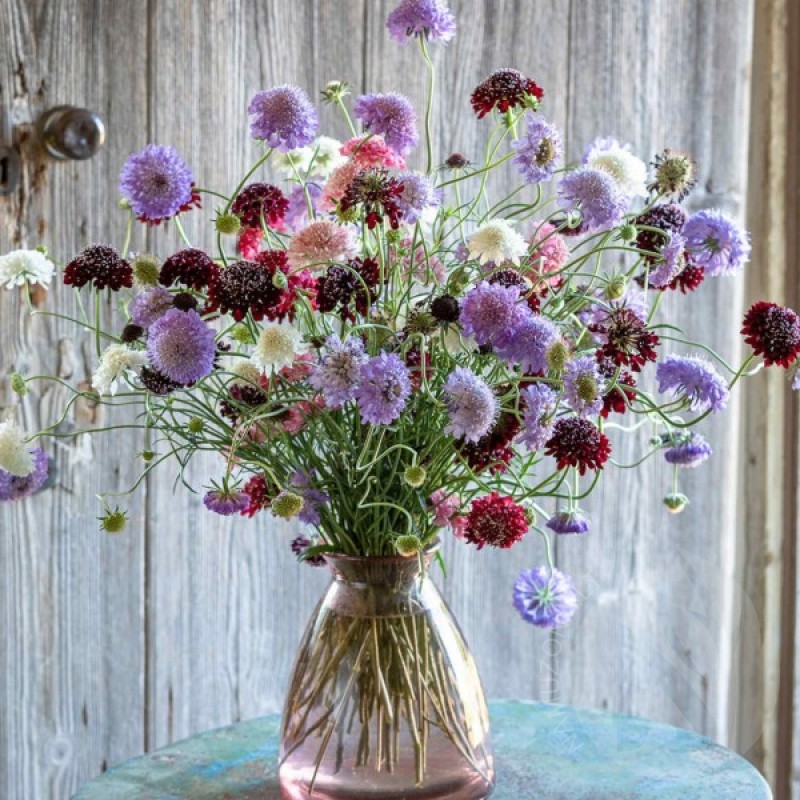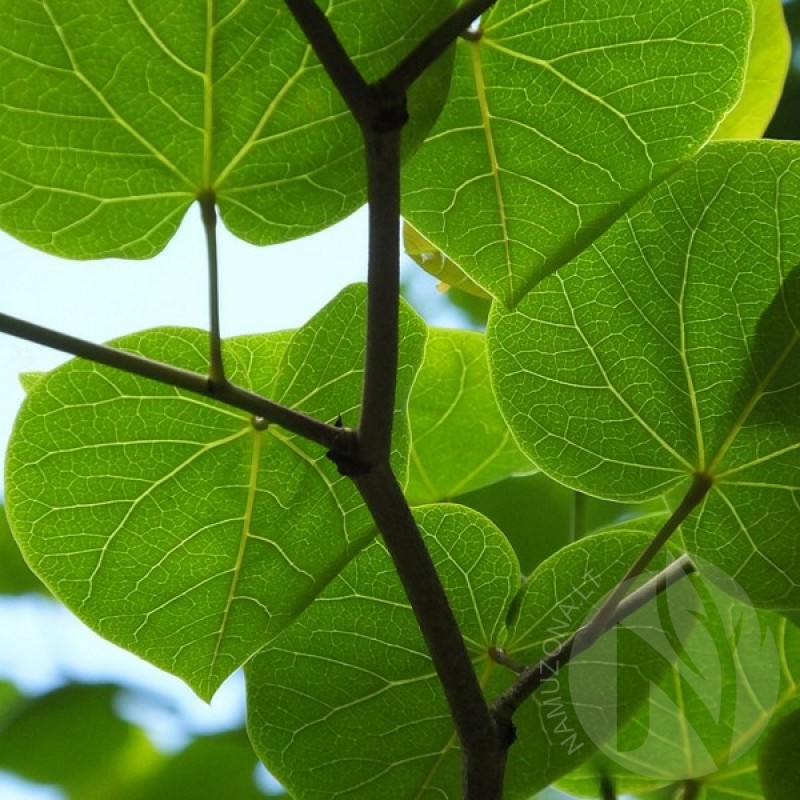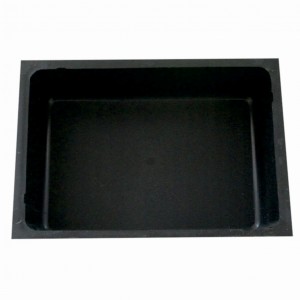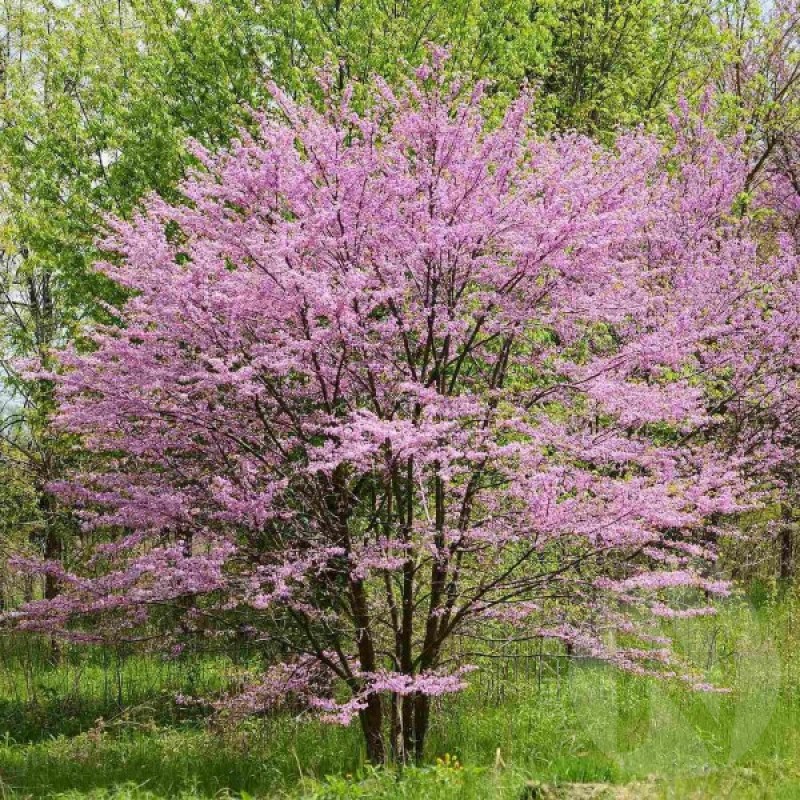
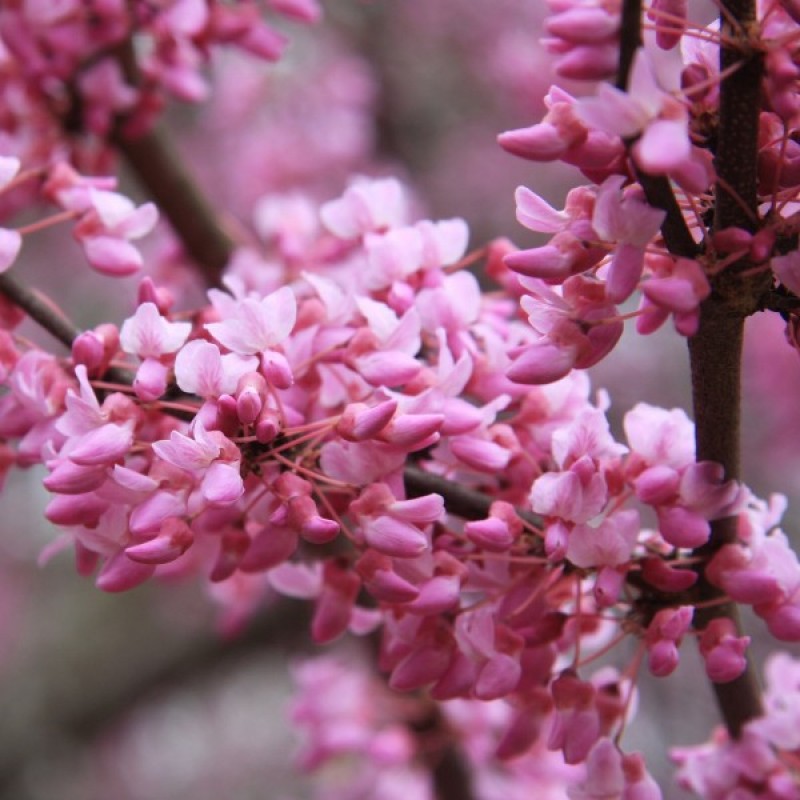
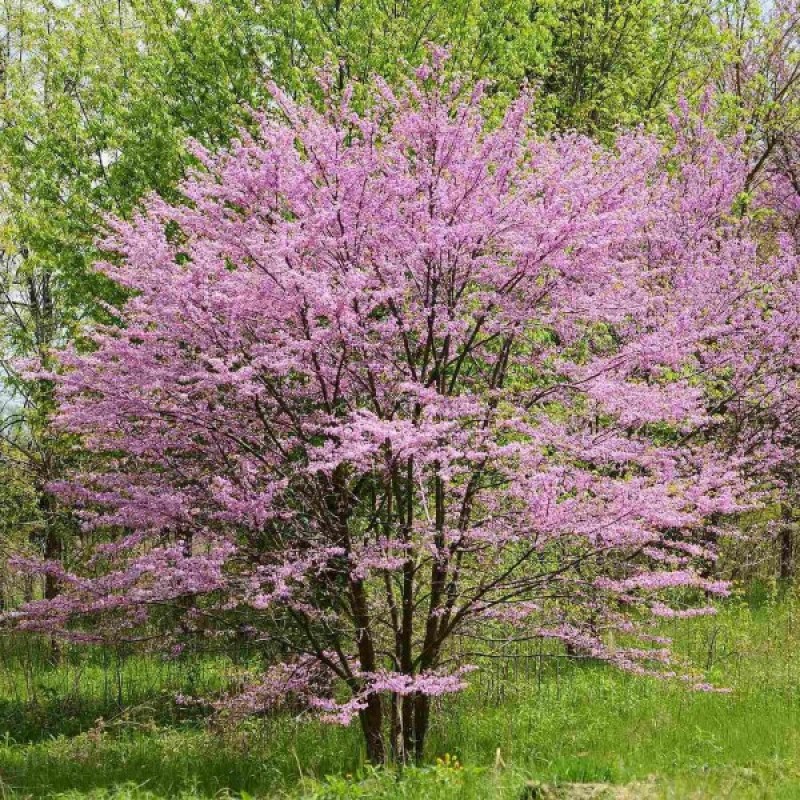
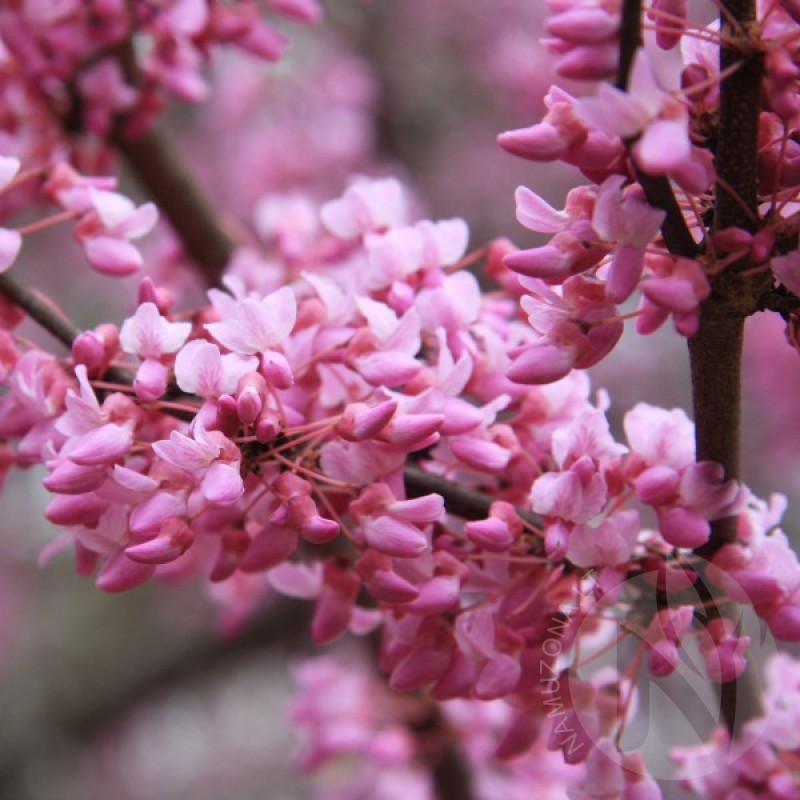
PAY ATTENTION!
All seeds (except SOLD OUT) are available for immediate shipping and will be dispatched within 1-2 business days.
INFORMATION NEEDED? PLEASE CONTACT US NOW!
This is certainly one of the most beautiful of the North American deciduous trees. Eastern redbud is a medium-sized tree that is native to eastern and central North America.
Eastern redbud has very distinctive large, heart-shaped leaves that are often tinted with purple when they first emerge, turn medium green shortly after and then yellow in fall. In spring, before the leaves emerge, its brown branches become covered with clusters of small, sweetpea-like flowers of purple-red, pink or white. These are followed by dark brown seed pods that persist well after the leaves fall in autumn.
Grow this fine tree in sites with full to partial sun and fertile, well-drained but evenly moist soil. It is naturally found growing in uplands and lowlands and is well adapted to a wide range of soil types. It can also grow in shadier sites but will not develop a full robust canopy in an understory. It is a fine small shade tree for naturalistic landscapes as well as more formal gardens. (info source: Learn2Grow.com)
Genus - Cercis
Species - Canadensis
Common name - Northern Redbud
Pre-Treatment - Required
Hardiness zones - 4 - 7
Height - 18'-27' / 6 - 9 m
Spread - 25'-30' / 7 - 9 m
Plant type - Tree
Vegetation type - Decidouos
Exposure - Full Sun, Partial Shade
Growth rate - Medium
Soil PH - Acidic, Neutral, Alkaline
Soil type - Clay, Loam, Sand, Well Drained
Water requirements - Average Water
Landscape uses - Feature Plant, Foundation, Mixed Border, Shade Trees
Bloom season - Early Spring, Spring, Late Spring
Leaf / Flower color - Dark Green / White, Purple, Pink, Light Pink
GERMINATION INSTRUCTIONS
1. Place the redbud seeds in a heatproof bowl. Cover the seeds with boiling water and let them soak for one minute. This is one method of seed scarification, which makes the hard seed coat permeable.
2. Place a handful of sand in a plastic bag. Moisten it without creating a soggy environment inside.
3. Add the scarified redbud seeds to the bag of moist sand. Close the bag and store it in a refrigerator for 40 days. This seed treatment is known as stratification, which takes the embryos out of dormancy. Check the moisture level inside the bag once a week, sprinkling the sand with water when it begins to dry.
4. Hoe the planting site to remove weeds. Redbuds thrive in shade, but sunlight affords them the best blooming. If possible, sow the seeds where the tree will have some shade during the hottest part of the day. Select a site that drains within one hour of irrigation or normal rainfall.
5. Loosen the soil with a pickax and shovel and smooth the surface with a rake. Dig a furrow 6 mm (1/4") deep for three to five seeds. Planting more than one seed increases the odds that one will germinate. Thin the seedlings to the ones you want to keep after they begin to germinate. Because redbud trees don't transplant well, direct sowing is a better option to increase the survival rate over germinating the seeds in pots.
Atsiliepimų apie šią prekę kol kas nėra.
No questions about this product.

